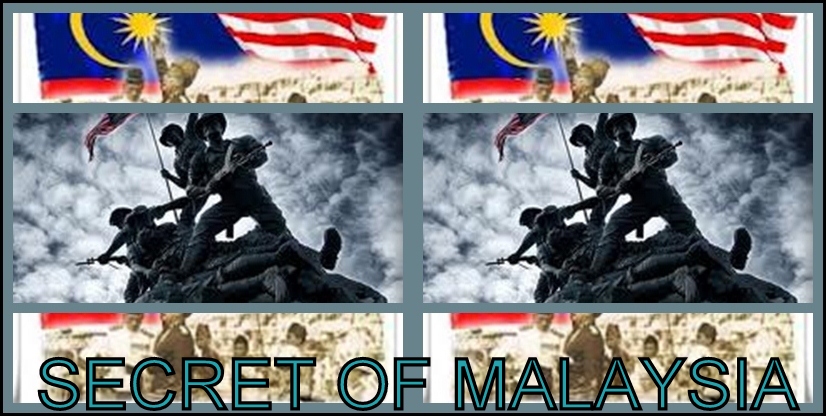The flag of Malaysia was first raised on September 16, 1963,
originated from the flag of the Federation of Malaya. The idea of having a
national flag was arise after the British started to administer the eleven
states of Malaya as a single entity. Prior to that, each state in Malaya creates
its own flag.
The flag of Malaysia is named Jalur Gemilang which means
“Stripes of Excellence” in Malay. It was named in 1997 by Tun Dr Mahathir bin
Mohammad, the Prime Minister at that time. Tun declared the name as
representing Malaysia’s goal to strive for progress and success.
Basically, Malayan flag was designed by Mohamed Hamzah, a 29-year-old architect
who worked for the Public Works Department (JKR) in Johor Bahru, Johor.
 |
| Tun Dr Mahathir Mohamad |
Before Malaysian flag was design, Mohamed Hamzah had design another
two different flags. The first
design was a green flag with blue kris in the middle, surrounded by 15 white
stars while the second design was similar to the current flag but with a
five-pointed star.
Our Malayan flag now was approved by King George VI on 19 May 1950 and was first raised in front of Istana
Selangor on 26 May 1950. On 31 August 1957, it was raised upon independence at
Merdeka Square in place of the British Union Flag.
 |
| Jalur Gemilang |
Currently, Malaysian flag has 14 red and white striped
horizontal striped of the same width. It begins with a red stripe on the top
and ends with a white stripe at the bottom, These represent 13 nations which are Johor, Kedah, Kelantan, Melaka,
Negeri Sembilan, Pahang, Pulau Pinang, Perak, Perlis, Sabah, Sarawak, Selangor,
Terengganu and the Federal Government.
A dark blue portion on the left symbolizes unity amongst the
people of Malaysia while crescent moon, signifies the Islam religion as the
official religion of the country. Plus, star with 14 points represents harmony
and unity of 13 states and a federal government. Lastly, colour yellow on the
crescent moon and star is a royal colour of the venerable Kings of the country,
which are considered head of the religion and respective states excluding
Sabah, Sarawak and Pulau Pinang.
References:























